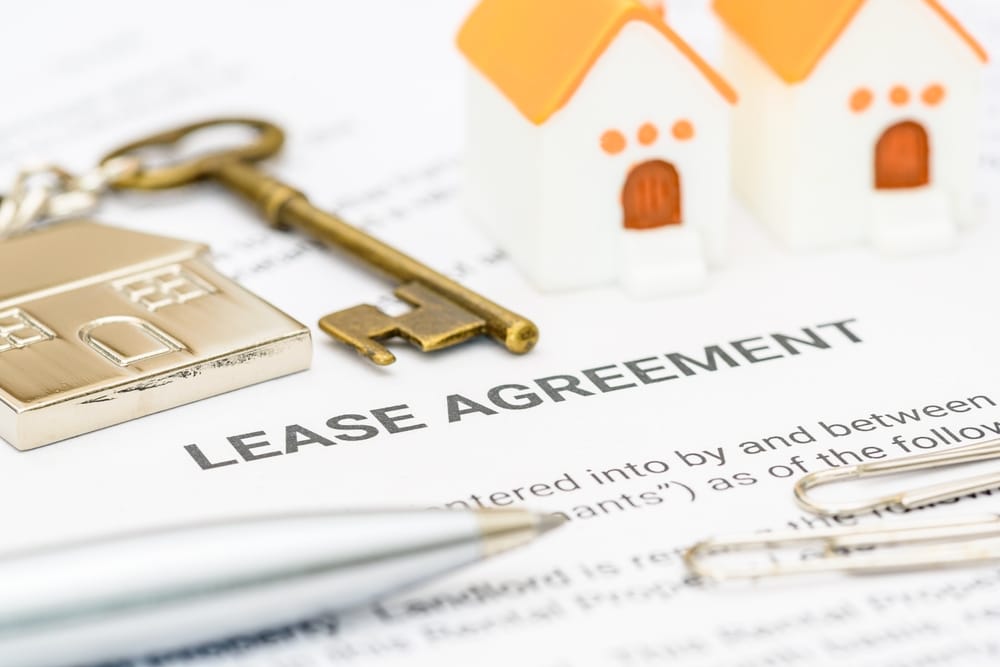Chemical Delignification is an issue affecting metal and concrete tiled roofs across Melbourne. This process is frequently uncovered in properties that are close to the ocean.
Delignification is a chemical reaction within timber caused by efflorescence. Salt migrates from materials such as Terracotta Tiles into timber surfaces. The salt can enter the timber when it’s wet and crystallizes as it dries, causing a reaction that separates the lignin, a natural “glue” that holds the cells of the timber together, from the fibres.
As the lignin is destroyed, the timber surface becomes rough and weak, which can lead to the timber collapsing. The amount of time it takes for this process to occur can depend on the type and size of timber, and the environment it’s in.
It’s our job at Landmark Inspections to assist you to achieve the best possible outcome for every property purchase, build, or sale. If you’re unsure what building defects to look for, contact our team with any questions about structural risks or buying, building, or selling a home.
Where can you find chemical delignification damage?
Chemical delignification is a problem that can affect the thin pieces of timber called roof battens in the roof of a house. It can also happen to other types of timber, but it usually affects the roof battens first due to their size and location. If this problem is not fixed, it can cause the roof to collapse.
Delignification can happen to any type of timber, even timber that is usually strong would usually last a long time. It takes a while for this problem to cause the roof to collapse, but can still be a major problem that should be fixed.
If this problem is identified during a pre-purchase or new construction home inspection, it will be considered a major defect. It’s also not safe to walk on a roof with a chemical delignification problem as it may collapse. It’s important to find out what’s causing the issue so it can be fixed and people living in the house will be safe.
What causes chemical delignification?
Chemical delignification can be caused by forms of airborne attack on the timber. Examples of causes include:
Sea salt
In areas near the ocean, the salt in the air can cause damage to the timber. This can happen faster in houses with terracotta roof tiles because as the tiles wear or are damaged, more moisture with salt in it can get into the roof.
High pollution
In areas with high levels of pollution, such as near industrial areas or main roads, the air can contain chemicals that can cause damage to wood.
Release of gas
Chemical delignification can also be caused by gases getting into the roof. This can happen if household appliances such as stoves or gas appliances with perforations to ducting that let gases escape. Hot water systems in the roof can also speed up chemical delignification.
Is chemical delignification preventable?
Sometimes, you have to take drastic steps to stop chemical delignification from happening. This is often because the location of the house can make the timber more susceptible (e.g. close to the ocean or an industrial area). To help prevent damage from chemicals in the air, you can use products like pale boiled linseed oil to seal the roof battens. This can help extend their lifespan.
If you’re thinking about buying a property in Melbourne, it’s important to know that inspections for timber pests (called AS 4349.1-2010 Inspection of Buildings – Timber Pest Inspections) won’t check for chemical delignification. We recommend including a building inspection clause in your contract before you buy.
When is chemical delignification classed as a structural defect?
As a part of a pre-purchase building inspection, completed under AS 4349.1, chemical delignification is listed as an example of structural defects. The standards state severe chemical delignification to the point that the strength of the timber has been reduced.
Lignin is the key component that gives timber its strength and holds it together. Therefore, if chemical delignification occurs and affects the lignin, it’s evident that the strength of the timber has been compromised or reduced.
Also, material deterioration has progressed to the point where it’s conducive to structural deterioration or unhealthy conditions. Regardless of how this is viewed, chemical delignification is considered a major structural defect.
The result of the chemical delignification to the roof structure
Chemical delignification can be addressed by a professional roof restoration company if detected early. However, if left untreated, the destruction of the timber roof components will continue to progress and cause deterioration of the timber over time.
Eventually, the lignin fibres will cause the timber surface to become hairy and fall to the top of the ceiling/insulation.
Chemical delignification can spread over the structural elements of the battens and onto the rafters. The battens are the first to be affected by the efflorescence which can leave the roof unsafe to walk on.
In some situations, it may not be enough to simply treat or replace the battens and/or rafters. The roof tiles may need to be replaced altogether.
Chemical delignification requires professional help.
Unfortunately, resolving chemical delignification issues is not always an easy task. When discovered, the best solution is to hire property inspection professionals like ours at Landmark Inspections.
Failure to address your chemical damage on time may require the reconstruction of entire sections of your home. In some cases, the entire building!
The only way to ensure that your solution is properly implemented is to have it done by someone who is completely familiar with the problem. Contact us today and let us help you stop the chemical process that is destroying the integrity of your home.



